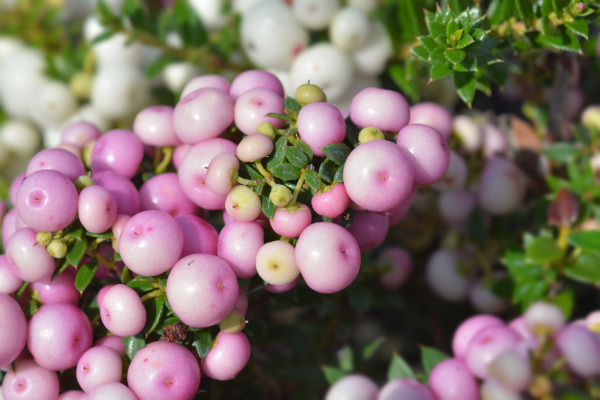How to grow Gaultheria
A low growing, dwarf evergreen shrub with a multitude of different names such as Partridgeberry, Checkerberry, American Wintergreen to name just a few. Plants originate for North America and adapt well to the UK climate offering groundcover all year round along with pretty, bell-shaped white or pink flowers in late spring and summer and an abundance of ornamental berries in late summer and autumn. Most commonly red, there are now further varieties available which have been developed with white and pink berries. As an added bonus the foliage takes on a reddish hue during wintertime.
There are several forms of Gaultheria, with shallon and mucronate as the two others most often seen in Great Britain. It is only Gaultheria procumbens which we supply at present so the ‘how to grow’ notes relate to this variety which holds the prestigious RHS Award of Garden Merit. A hardy variety of shrub which can tolerate temperatures down to -10°C and likes an acidic or neutral pH of soil.
A valuable plant medicinally, Gaultheria procumbens (and other varieties) are processed and used to treat inflammatory disorders, colds, muscle cramps and even kidneys stones. Historically the plant was used by Native Americans as an analgesic, and it is this practice which raised awareness of the broad ranging medicinal benefits of the oils contained within the foliage.
Whilst we would not recommend you process plants for medicinal use, Gaultheria procumbens will, no doubt, prove a valuable way to suppress weeds and add year round foliage along with flowers, berries and colourful leaves at various times throughout the calendar year. Furthermore, they are pollinator friendly and berries provide sustenance to birds and other wildlife over winter too. The leaves are aromatic with a smell akin to menthol or Germolene.

Zantedeschia is a genus of flowering plants from the family Araceae and is native to southern Africa. With a rich history dating back to the Ancient Romans, these deciduous or semi-evergreen perennials have been used as a symbol of celebration. Zantedeschia was Named after Professor Giovanni Zantedeschia, an Italian botanist.
There are two main forms of Zantedeschia: hardy and tender. Hardy forms of the plant can be grown outdoors, enjoy moist soil and full sun or partially shaded conditions - these are known as Arum lilies. Tender forms of Zantedeschia prefer being grown in containers or pots and should be brought inside over the winter - these are known as Calla lilies.
With tuberous flora in all colours from whites, yellows and oranges to deep reds and purples, Zantedeschias are not to be overlooked in any garden, as long as they have sufficient sunlight to grow in.
Ready to learn more about growing Zantedeschia? Read on for all there is to know...

Key Information
Soil pH
Position
Hardiness

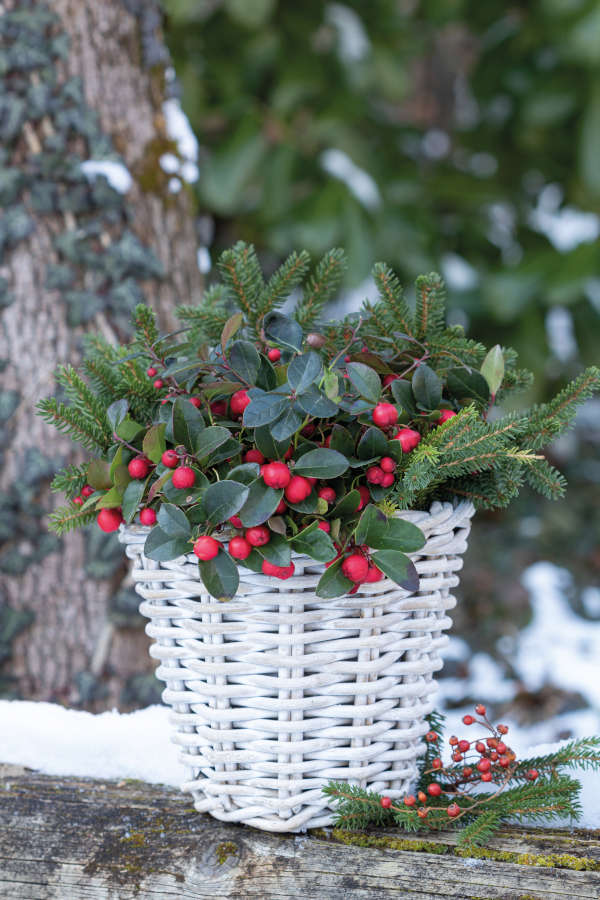
Where & when to plant Gaultheria
Position- Sun (preferably morning sun) and partial shade of any aspect
Soil- Happy in moist, well-drained with a neutral or acidic pH
Flowering Period- May to July, with proceeding berries lasting for weeks at a time
Hardiness- A hardy (H5), low-growing evergreen shrub
Ideal for gardens which are not prone to very heavy frosts as Gaultheria procumbens will only cope with temperatures down to around -5 to -10°C. Plant in the ground if your soil is ericaceous or neutral, plant in containers if you garden on alkaline or chalk based soil. Plants are happy in a rockery or gravel garden, as well as open ground, providing moderate moisture levels are maintained – particularly when young plants are getting established. Choose a spot which gets either morning or late afternoon sun as full sun may not be tolerated.
Allow room for you Gaultheria procumbens to spread in maturity as it reaches as much as 1.5 metres wide and 30-50cm tall. If you need to restrict its growth then pruning is both easy, particularly useful as plants will eagerly naturalise if left to their own devices. Simply trim stems to shape and dig up any spreading surface roots with a spade each year – mid to late spring is the best time.
How to plant Gaultheria
Dependent on where you garden in the UK your Gaultheria procumbens can either be planted in open ground or in a suitably sized pot. Ideally, if your plant is relatively young and smaller on arrival, it is best nurtured in a pot whilst it establishes a good root structure ready for planting out in the border or gravel garden.
For planting in containers, first choose an appropriately sized pot and ensure that you do not swamp your plant by choosing too large a container.
- If you are using a large or heavy pot, it can be a good idea to fill and plant it in situ to save yourself the trouble of moving once full.
- Use a good quality ericaceous compost, and, if not already present in the compost (check the description on the bag) some suitable slow-release fertiliser granules.
- Start by partially filling the pot with compost; enough so that when placed on it the upper surface of the root ball is about 3cm lower than the top of the pot.
- Infill all the space surrounding the root ball with compost, firming down with your fingers then adding a little more so the plant is held tight.
- Pick up the container and lightly tap on the potting bench or ground a few times to help further settle the compost around the plant.
- Water well, preferably with rainwater, to both settle the soil and give the plant a good drink.
- A mulch with horticultural grit will look attractive and help to prevent a ‘cap’ or crust forming on the top of the compost (something container plants can suffer due to the artificial nature of their watering).
For planting in the garden, ensure you choose a spot with appropriate levels of sun and shade so as not to scorch your plant or deprive it of light
- dig the soil area removing any large stones and weeds and breaking up any lumps. Mix in some organic matter and/or ericaceous compost into the soil. If your soil is heavy clay, now is also the time to add a generous helping of horticultural grit.
- Rake level and firm with your heels. Rake level again.
- Water plants well and allow to drain before planting. A good tip is to dig a hole twice the size of the root-ball. Sprinkle on a handful of blood, fish and bone then work into the soil.
- Place the plant in the hole, ensuring the top of the root ball sits level with the surface of the soil. Too low and the plant may rot, too high and the roots can dry out.
- Backfill with soil and firm in gently with your foot.
- Soak well with water to settle the surrounding ground.
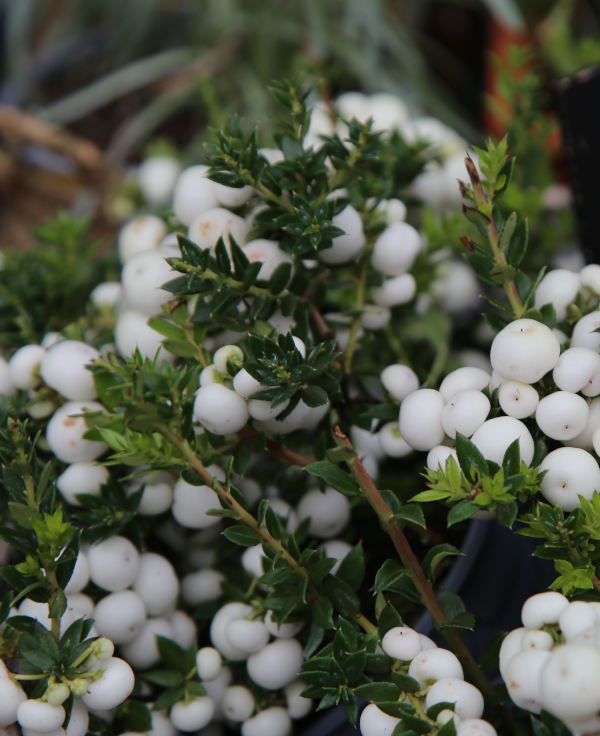
What to plant with Gaultheria
These shrubs are beautiful in their own right and ideal for locating anywhere in the garden which offers the necessary protection and allows you to make the most of the beautiful blooms and abundance of berries. They combine well with other evergreens and with spring bulbs or ferns, hostas and hellebores.
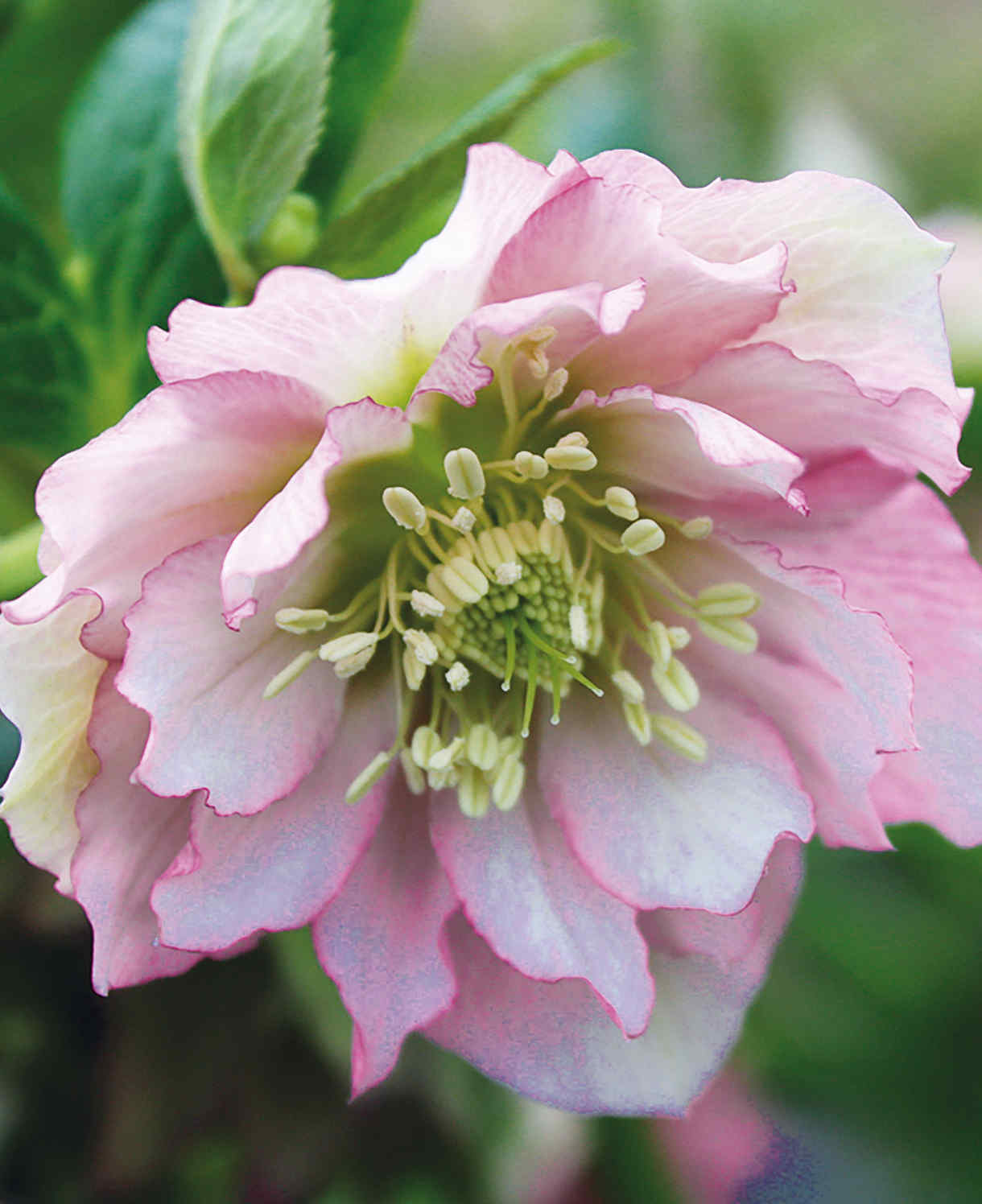
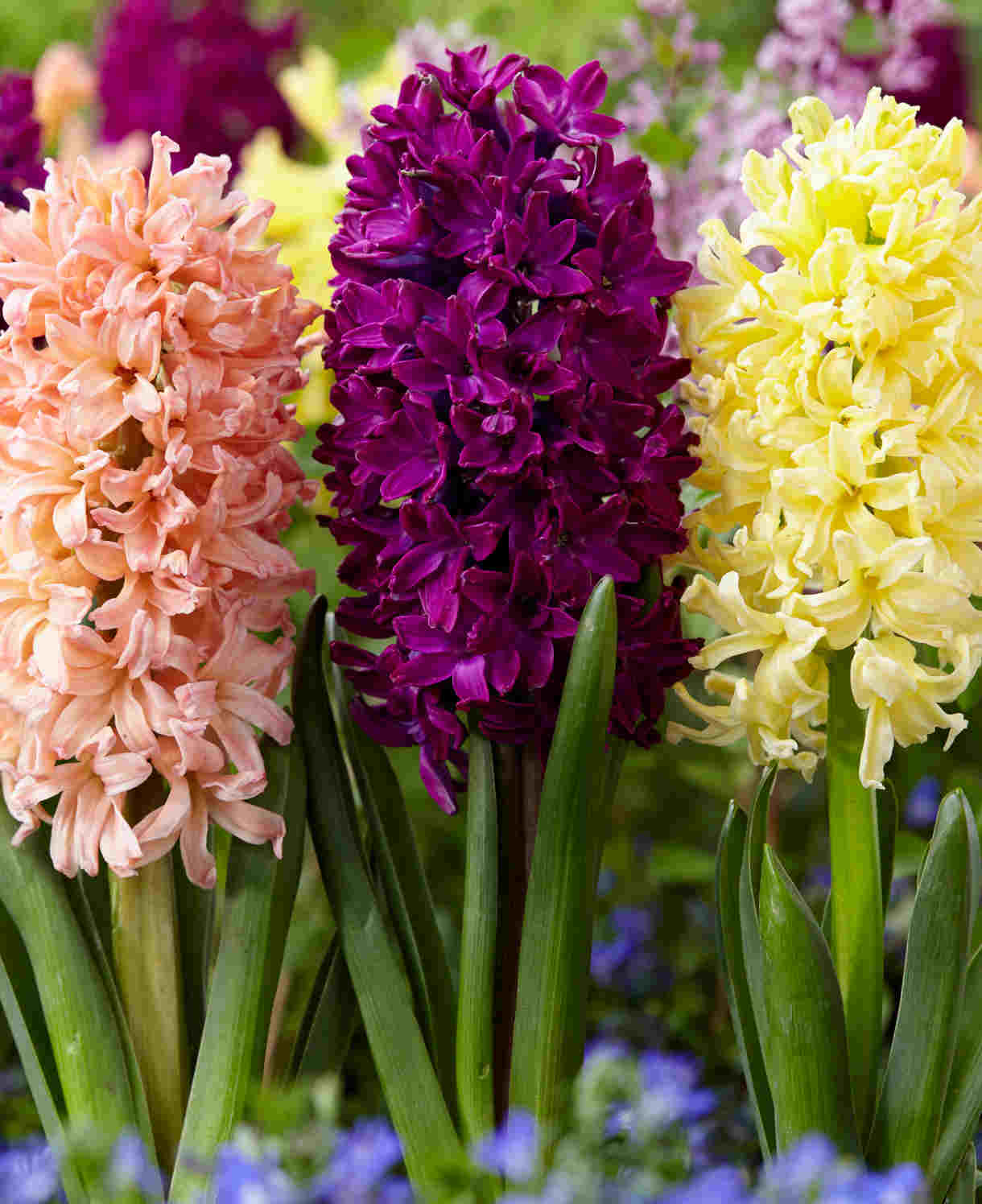
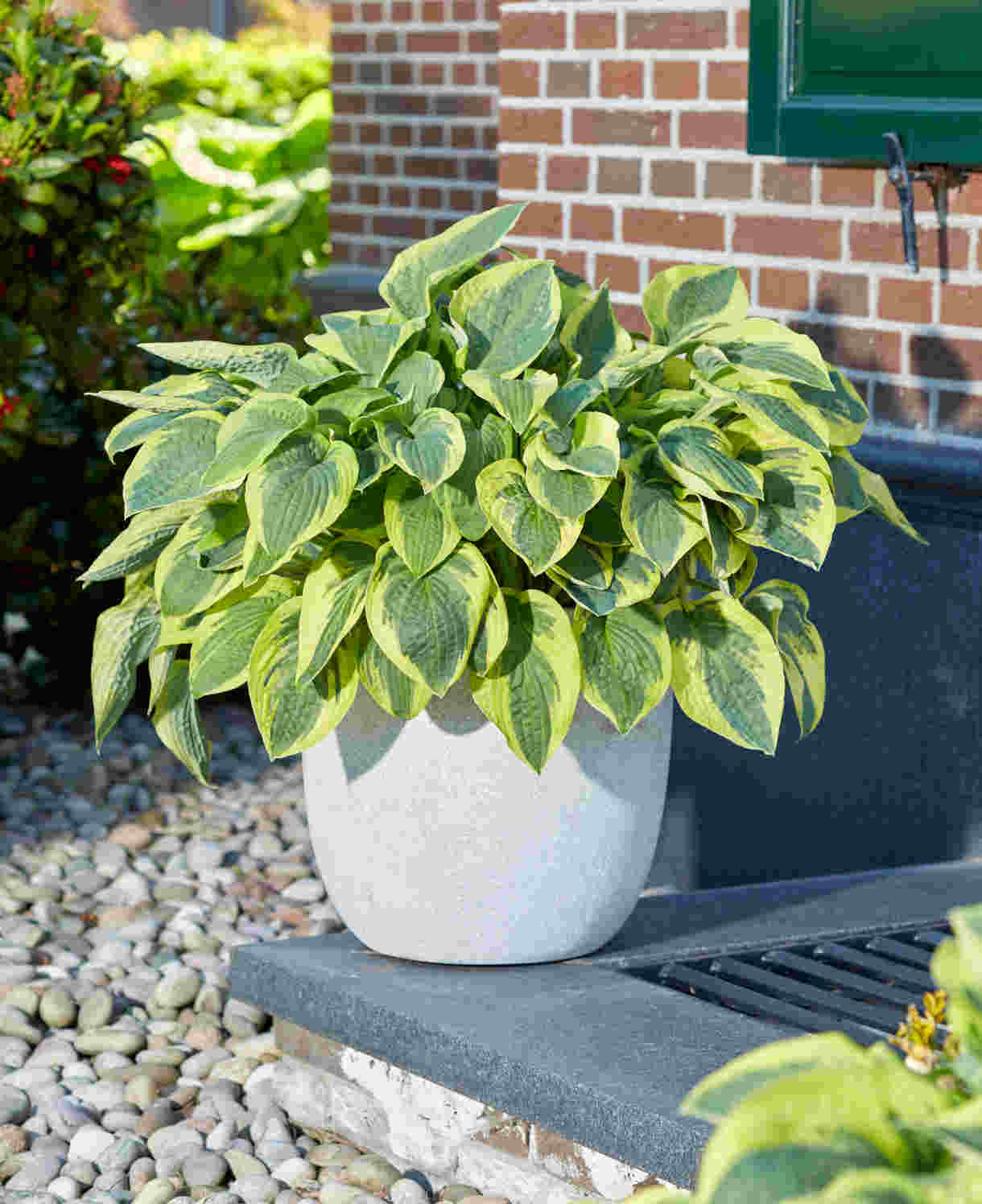
How to care for Gaultheria
Pruning
Where pruning is required, do it in mid to late spring. Plants can, however, be left unpruned to naturalise freely.
Hedges
Gaultheria procumbens can be grown as a step over, informal hedge. Trim annually to keep in shape.
Watering
Water your new plant regularly for at least the first two years. Once established, it should cope well without extra watering, except in particularly hot, dry spells.
Feeding
Once established your Gaultheria procumbens should not need feeding. However, whilst it is setting down good roots and feed of blood, fish and bone twice a year will assist. If you are growing in a container then feeding monthly between March and August will be beneficial. Also repot as and when required, replenishing the compost each time.
Pests and Diseases
Gaultheria procumbens is generally pest free. Plants may be susceptible to honey fungus if you have it in your garden – watch for signs and treat accordingly by creating a physical barrier such as a 45cm deep vertical strip of butyl rubber or heavy duty plastic sheet buried in the soil. This will block the rhizomorphs and should protrude 2-3cm above soil level to be most effective. Regular deep cultivation will also break up rhizomorphs and limit spread. There are no chemical controls for honey fungus available and only sparse evidence of it effecting Gaultheria procumbens.
How to propagate Gaultheria
This can be done by semi-ripe cuttings in summer or by seed. Semi-ripe cuttings are straightforward way to propagate a wide range of shrubs and trees – especially evergreens – without the need of special equipment or skills.
- Select the cuttings from this season’s growth and remove them using sharp secateurs.
- Place the cuttings in a plastic bag straight away. Keep the bag in the shade and aim to pot the cuttings within 12 hours.
- Prepare the cuttings by trimming them to 10-15cm long, cutting just below a leaf node. Next, remove the lowest leaves and the soft tips. There will be about four leaves remaining. If leave are large, cut them on half to reduce transpiration.
- Dip the bottom of the cutting in fresh hormone rooting powder, ensuring that the cut is well covered. Tap to remove any excess.
- Insert the cuttings around the edge of a suitably sized containers allowing some space between each and use filled with cuttings use 50 per cent free-draining potting compost mixed with 50 per cent sharp sand or perlite. Water well and allow to drain.
- Place the container of cuttings in a greenhouse. Alternatively, cover pots with a plastic bag and put in a warm, light position, out of direct sunlight.
- Remember to remove any excess moisture to prevent rot but keep the compost damp. Cuttings taken in summer seldom need bottom heat but by autumn cuttings will root more quickly in a heated propagator.
- Transfer to separate pots once a good root structure has been achieved for each cutting and grow on as for young plants.
*Many plants carry Plant Breeders Rights and cannot be propagated for commercial purposes.
Common Gaultheria questions
- Is Gaultheria procumbens easy to grow?
Exceptionally so, it is considered a low maintenance shrub which rewards you with year round foliage, summer flowers and autumn/winter berries.
- Will my Gaultheria procumbens last?
This is a long lasting shrub which matures over 5-10 years once established.
- Which areas of the garden suit my Gaultheria procumbens best?
An easy-going shrub which is perfect for
Cottage and informal gardens
Gravel and rockery gardens
City and courtyard gardens
Patio and container plants
Low Maintenance gardens
Flower borders and beds
Banks and slopes
